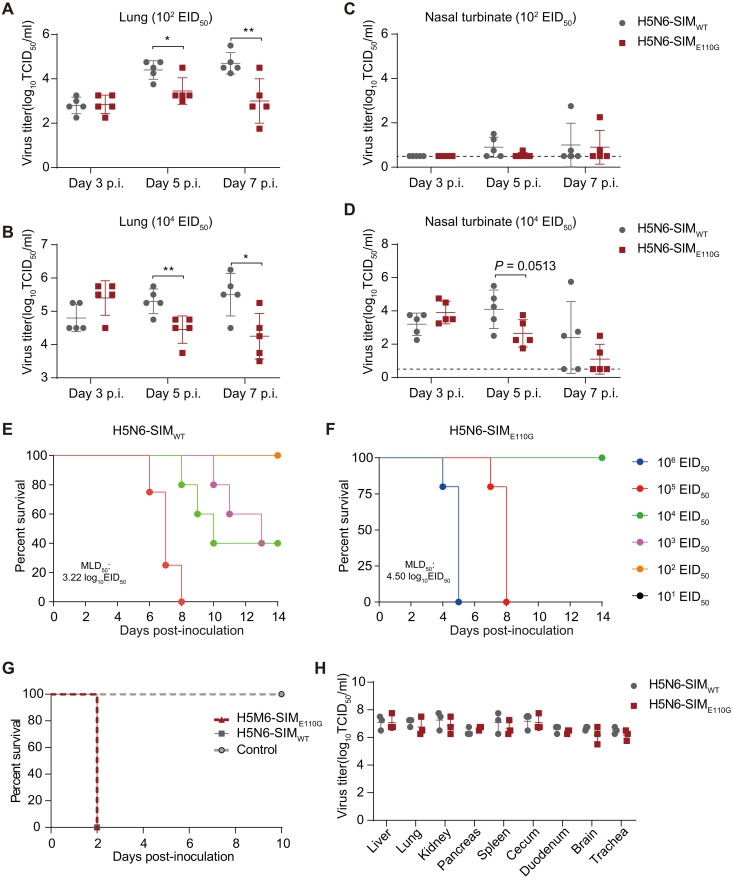Fig. 9. SIM of NS2 affects the replication and virulence of the AIV H5N6 in mice but not in chickens.
(A to D) Replication of the H5N6-SIMWT or H5N6-SIME110G virus in mice. Five 6-week-old BALB/c mice were inoculated intranasally with the H5N6-SIMWT virus or the H5N6-SIME110G mutant virus at an infectious dose of either 102 EID50 (A and C) or 104 EID50 (B and D), respectively. Lungs (A and B) and nasal turbinates (C and D) of mice were collected on day 3 p.i., day 5 p.i., and day 7 p.i. for virus titration using TCID50 assays. Experiments were repeated twice with consistent results. Bars represent mean values of the replicates within one representative experiment (n = 5, ±SD). Dotted line denotes the limit of detection based on the dilution factor in our assays. (E and F) MLD50 for mice infected with the H5N6-SIMWT virus (E) or the H5N6-SIME110G virus (F). (G) Mortality of chickens inoculated with the H5N6-SIMWT virus or the H5N6-SIME110G virus. (H) Viral titers in the organs of chickens inoculated with the H5N6-SIMWT virus or the H5N6-SIME110G virus. Three chickens were inoculated intranasally with 106 EID50 of the H5N6-SIMWT virus or the H5N6-SIME110G mutant virus in a 0.1-ml volume. The organs—including the brains, lungs, kidneys, spleens, pancreas, duodenums, liver, tracheae, and ceca—were collected on day 3 p.i. for viral titration in MDCK-chANP32A cells using TCID50 assays. Bars represent mean values of the replicates within one representative experiment (n = 3, ± SD). In (A) to (D) and (H), significance was determined using an unpaired Student’s t test. *P < 0.05 and **P < 0.01.

